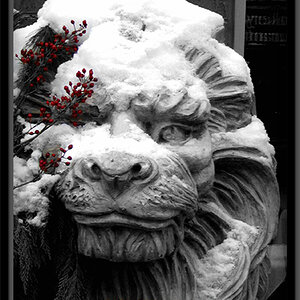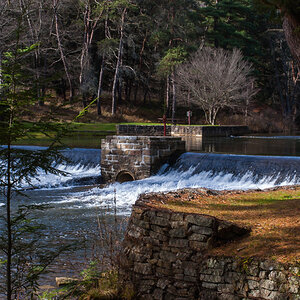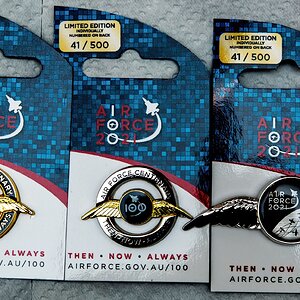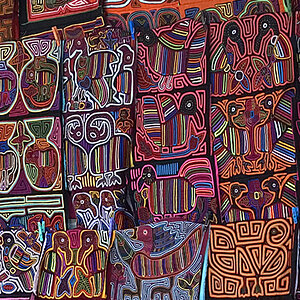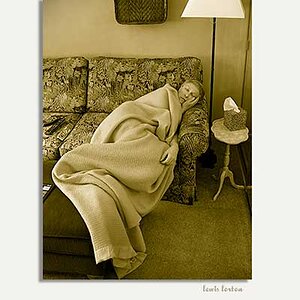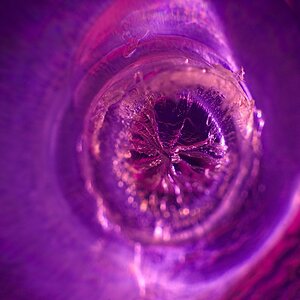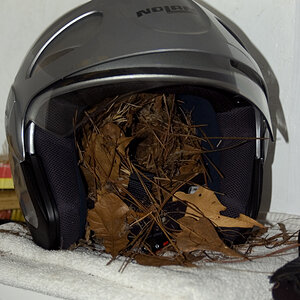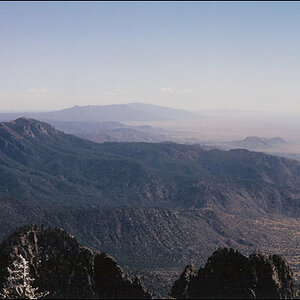CDAPhoto
TPF Noob!
- Joined
- Oct 9, 2018
- Messages
- 15
- Reaction score
- 0
- Location
- Douglasville, GA, 30134 USA
- Website
- davidcannanphotography.com
- Can others edit my Photos
- Photos NOT OK to edit
Im not sure if the title of this post described what it is I’m trying to do, if it doesn’t I apologize.
I currently use a Godox AD600BM as my key light and a cheap Speedlight as a fill or hair light attached to an S-Type Bowen’s Mount so that I can use it with my strip softbox with grid.
How can I figure the power output of my Speedlight compared to my Strobe? I’d like to be able to easily set my power levels to 8:1 (Key:Fill) or another similar ratio but since they do not have the same 1/1 output I am getting lost in the conversion. I recently bought a Sekonic 308-X and am aware of how to use it and have been practicing with it, but whenever it comes time to use it I start to get confused.
I currently use a Godox AD600BM as my key light and a cheap Speedlight as a fill or hair light attached to an S-Type Bowen’s Mount so that I can use it with my strip softbox with grid.
How can I figure the power output of my Speedlight compared to my Strobe? I’d like to be able to easily set my power levels to 8:1 (Key:Fill) or another similar ratio but since they do not have the same 1/1 output I am getting lost in the conversion. I recently bought a Sekonic 308-X and am aware of how to use it and have been practicing with it, but whenever it comes time to use it I start to get confused.


